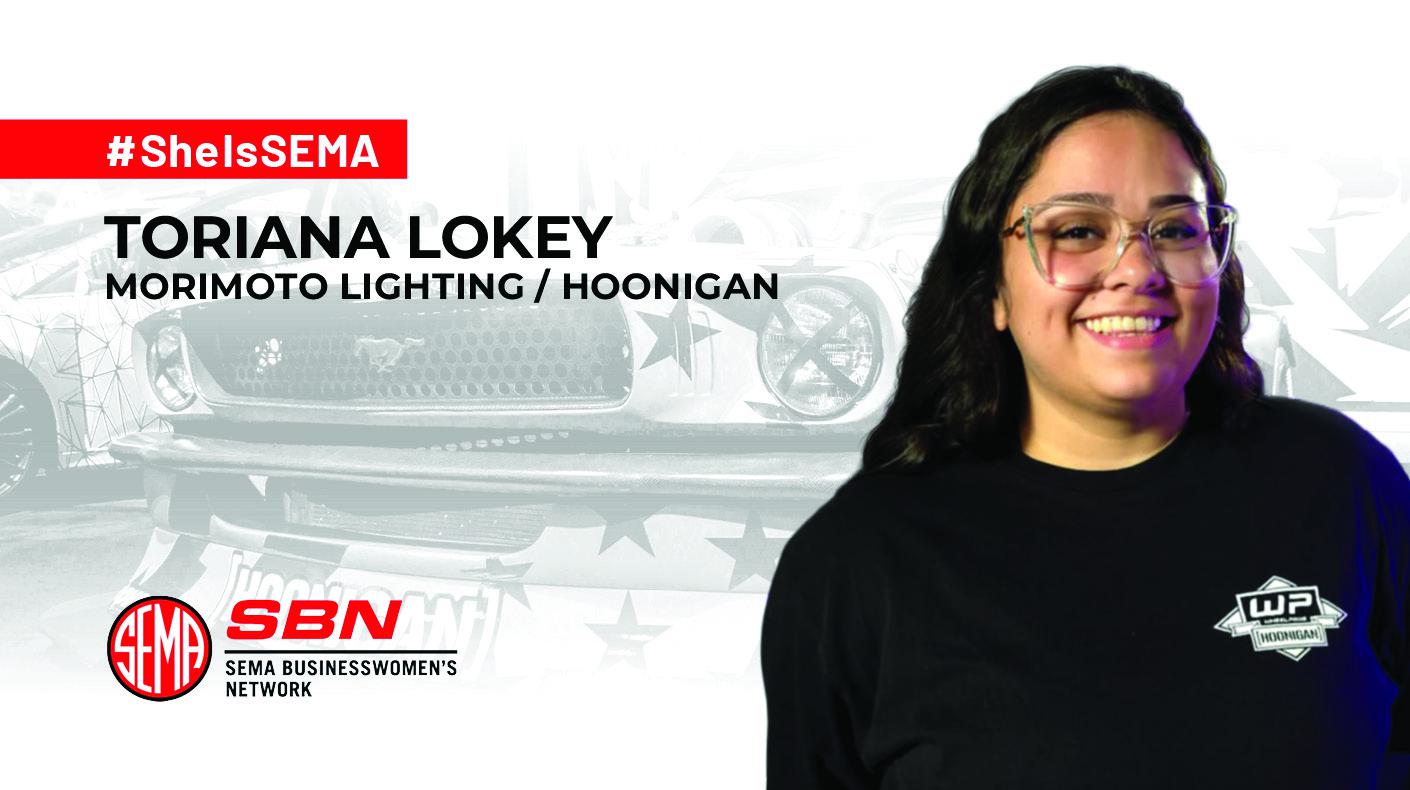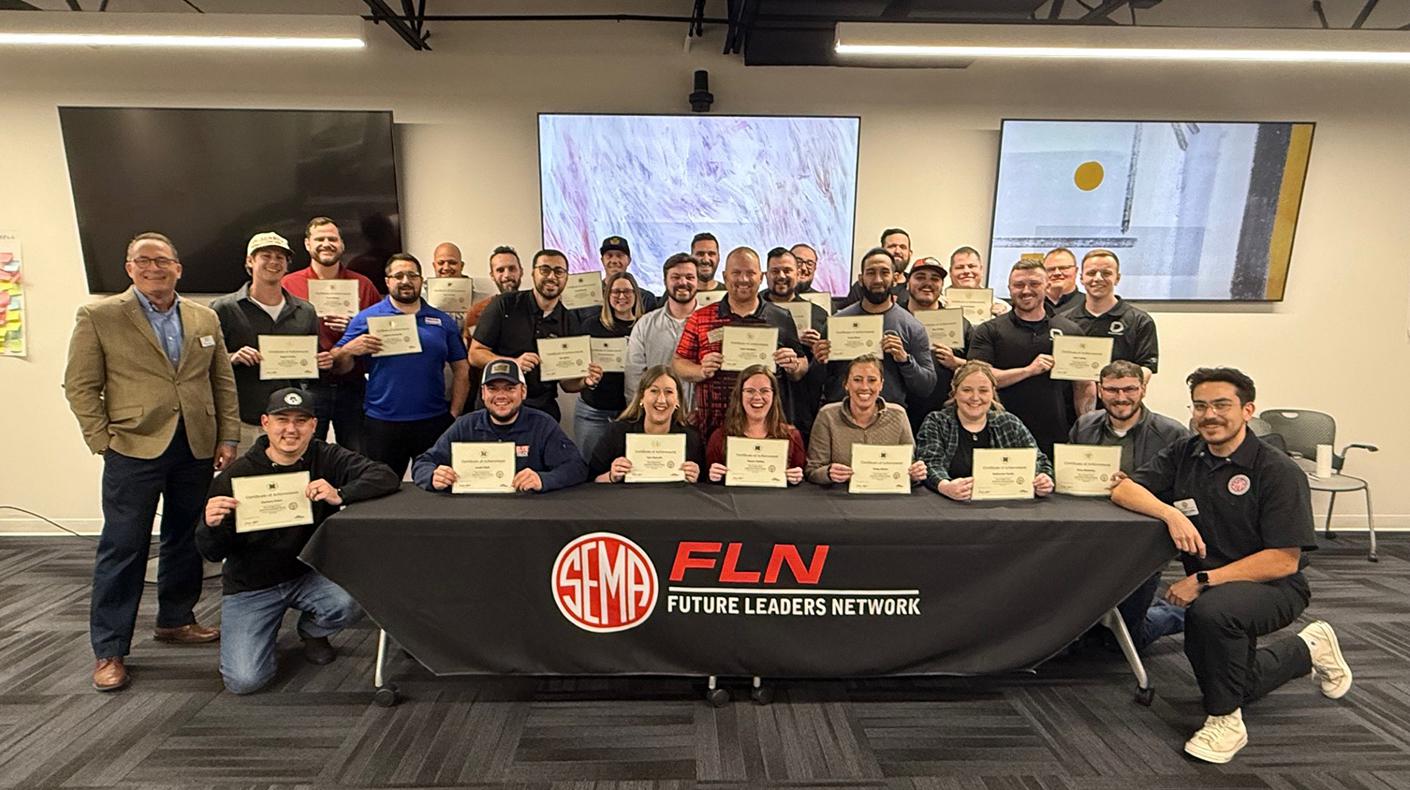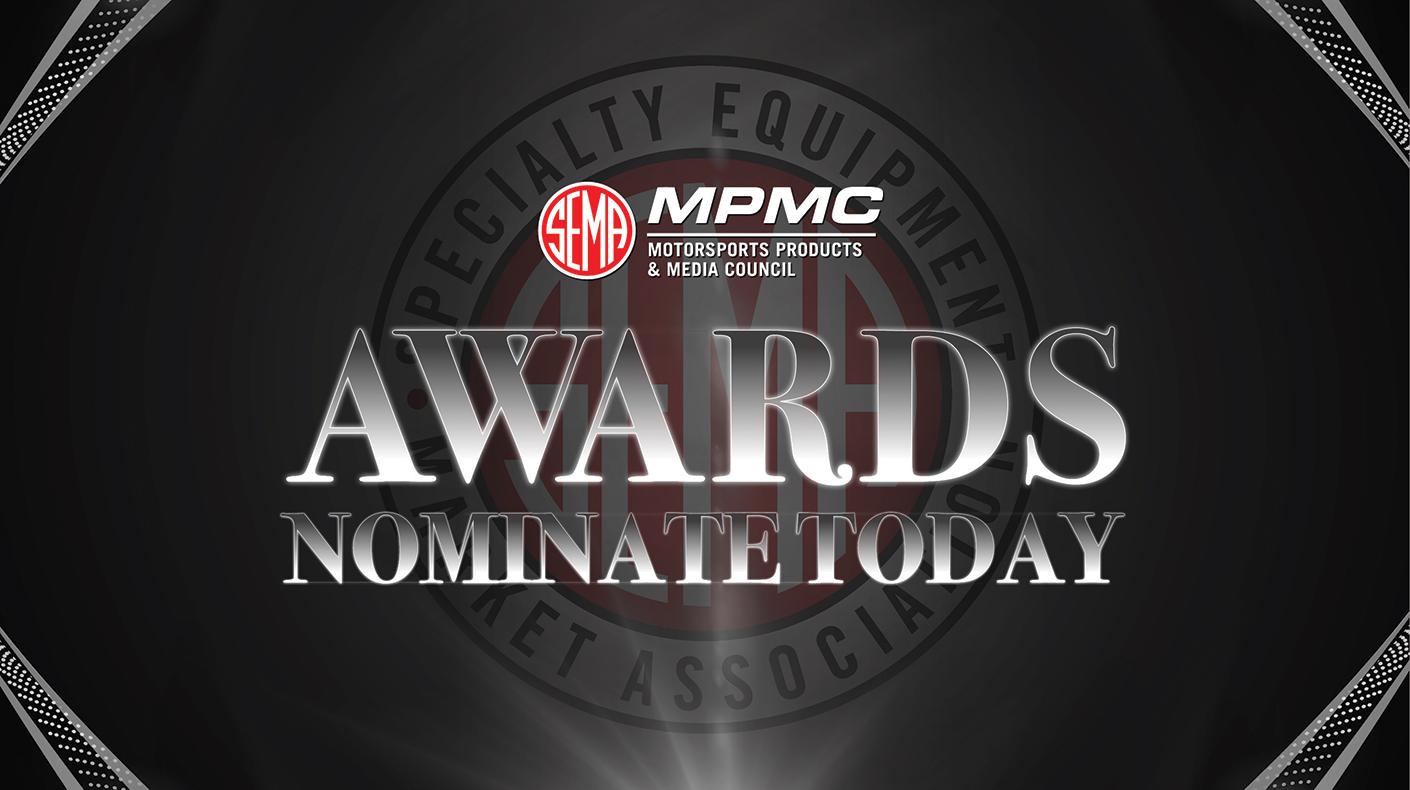SEMA News—July 2012
Winning POP Displays
Breaking Down the Basics
 MacNeil Automotive Products won the 2011 SEMA Show New Product Award for its TechFloor retail display. Giving consumers an immediate, intuitive experience of product is vital to POP success. |
|
“They’re the last three feet of closing a sale,” said Jim Redfield, CEO of Griffin Chase Oliver Inc., a specialist in merchandising display production. “That’s the bottom line.”
Founded in 1978, Griffin Chase Oliver sees itself as a “hired gun” for manufacturers who are looking to create sophisticated displays but know they don’t have the expertise to produce them. In short, the company orchestrates complicated display production from concept all the way to fulfillment, engaging outside designers, fabricators and other vendors as required for each project and working closely with manufacturers through every phase of development, including budgeting, timeline management and test runs.
“You can do all the advertising you want in print or broadcast or normal media, but the best they can do is get a customer into a store where the products you’re touting are being sold,” said Redfield. “Once a customer is in the store, though, they’re at the mercy of whatever promotion there is most attractive.
“If I see heavy advertising for Product A, and it’s enough to take me from here to Pep Boys or wherever, and I get into the store looking for Product A but adjacent to it is Product B [with] a nice-looking display that touts all of the benefits of that product, at that point I have a decision to make. If the job has been done right for Product B in terms of messaging, I’m going to buy Product B. The irony is that Product A spent $50,000 last month, let’s say, to put ads in all of the relevant media to attract people to the store, and Product B leeched right off that.”
In other words, Redfield believes that if a manufacturer is going to put money into promoting a product at retail, the best place to put it is in a POP/merchandising display. Once you’ve produced a display and wrestled enough room on the retail shelf or floor to put it up, it sells for you like a billboard next to the freeway, Redfield concluded.
“You don’t have to further invest in that display,” he said. “It’s there and selling for you until hell freezes over.”
Jason Hutchens, marketing director at UnderCover Inc., a leading manufacturer of truck bed covers, is also a true believer in the power of POP/merchandising displays. He says that his company spends approximately half its marketing budget on them.
“We place more value in displays and really supporting the hard retail stores than any other type of marketing we do,” he explained.
From Elaborate to Simple
 UnderCover’s Lux tonneau cover display incorporates an actual working model of the product in miniature, along with pertinent literature to create true consumer interaction. |
|
Similarly, the display’s framework was partially fabricated in-house, while the print work was outsourced. The completed project allows retail customers to operate the model cover to see what it will do for their trucks.
“I think one of the biggest things is having a product that the consumer can touch and feel—that’s representative of what they’re actually going to get—and a good, powerful graphic to grab their attention and draw them into it,” said Hutchens.
Shannon Price, account manager for Empire Packaging and Displays, a leading manufacturer of corrugated cardboard POP/merchandising displays, agrees that getting consumers to directly experience a product is the principal goal. She explained that effective POP/merchandising displays both complement and work with product packaging to attract customers.
“The average consumer is an impulse buyer,” she said. “If your packaging is more eye-catching, it is more likely to be picked up. Once it’s in their hands, it’s more likely to go into their basket than not.”
Price said that her company takes a variety of factors into consideration in creating the perfect POP/merchandising display. How eye-catching is the display versus the packaging? Is the packaging attractive? How consumer-friendly is the display? Where in the store will the display be located? All of these things will have an effect on enticing consumers to touch, feel or otherwise experience the product being showcased.
In that regard, Price said that simple displays composed of less elaborate materials such as corrugated cardboard can be highly effective. In fact, cardboard displays hold a number of advantages. Often less expensive, they can be produced much more quickly than metal or plastic displays. Plus they weigh less for shipping and can be more easily disposed of or recycled at the end of a campaign. However, said Price, you don’t want just a throwaway display.
“You want a lot of use out of that display,” she said. “A lot of people think corrugated displays are for one-time use. They’re not. They’re sustainable. They’re not as sturdy as metal or plastic displays, but they can be built very sturdy, where they can last through several uses.”





